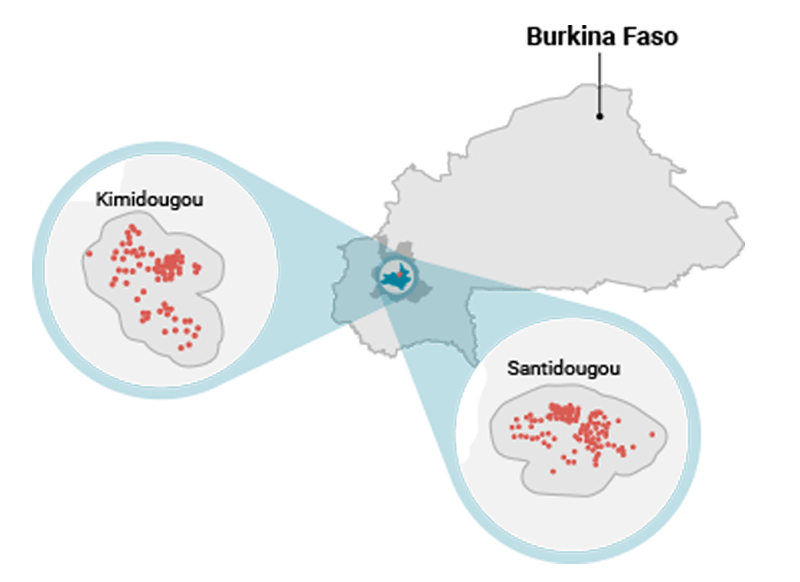
Ongoing Malaria Transmission in Tanzania and Burkina Faso
Investigating the magnitude and drivers of persistent malaria
Why this project?
Current vector control practices, such as long-lasting insecticide treated nets (LLINs) and indoor residual sprays (IRS) have contributed significantly to malaria control.
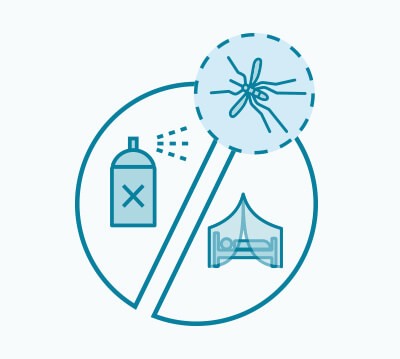
As a result there has been a dramatic decrease in the global malaria burden in recent years, with 29% fewer deaths today compared to 2010, and a 21% reduction in incidence over the same period.
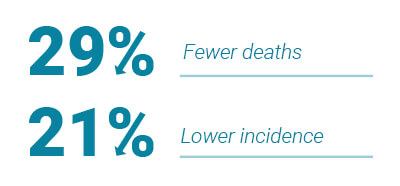
But progress is now levelling off. In many settings, low-level ongoing transmission now persists even in areas where LLINs and IRS coverage already exceeds 80%.

The aim
The main aim of this study was to quantify and characterize existing ongoing Plasmodium transmission in communities where LLINs are already widely used, but where transmission still persists.
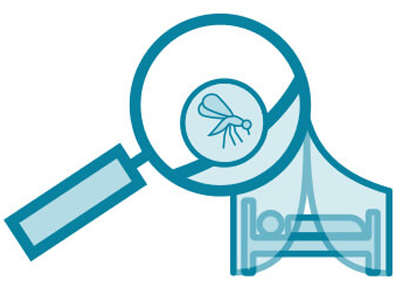
Objectives
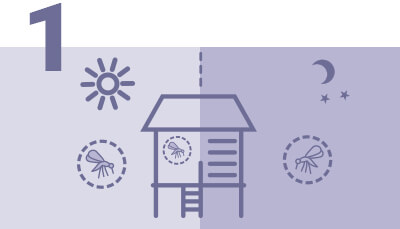
To compare the level of ongoing malaria transmission that occurs outside dwellings at different times of night and indoors, in both high- and low-transmission settings.

To identify common human outdoor activities and environmental factors associated with ongoing malaria transmission in the different sites.
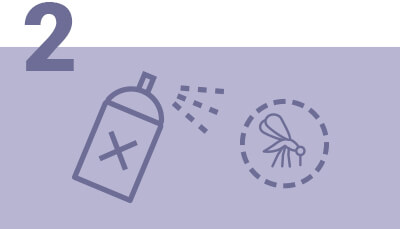
To quantify levels of pyrethroid insecticide resistance in the selected study sites and estimate its potential contribution to ongoing malaria transmission.

To develop a draft guideline for assessing exposure to ongoing malaria transmission both indoors and outdoors, including peridomestic (in or around human homes) and non-peridomestic spaces in different settings.
The research sites
East Africa: Tanzania
Nine villages in Kilombero and Ulanga districts, within the Kilombero River Valley of the Morogoro Region (south-eastern Tanzania)
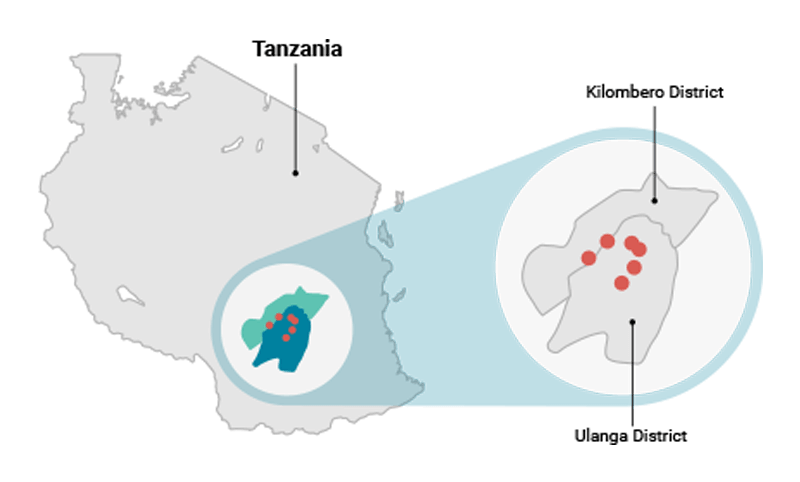
West Africa: Burkina Faso
Two villages, Santidougou and Kimidougou, in Bobo-Dioulasso (western Burkina Faso)
